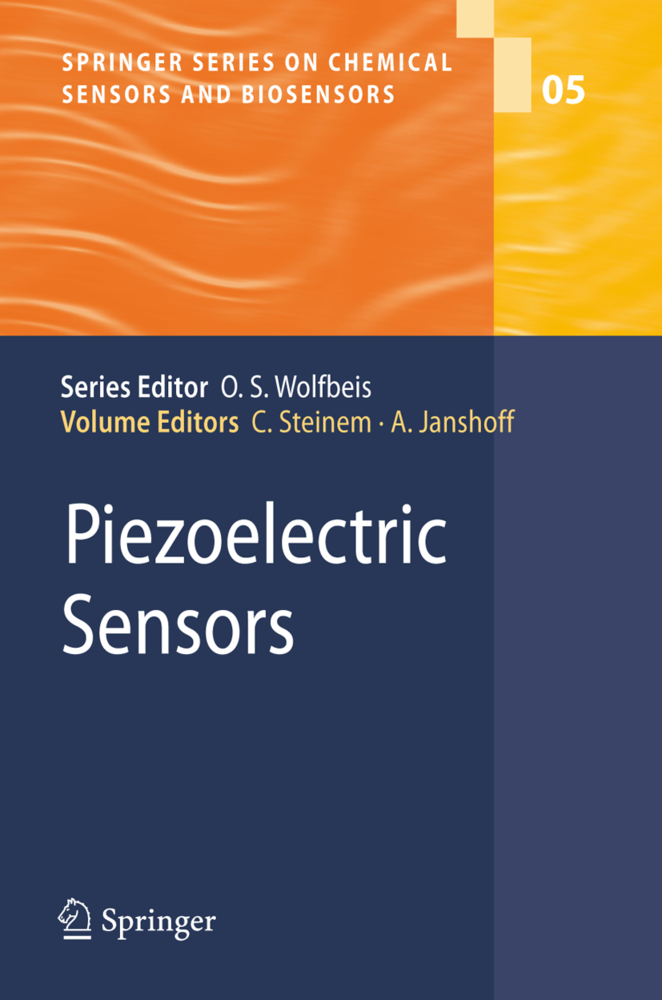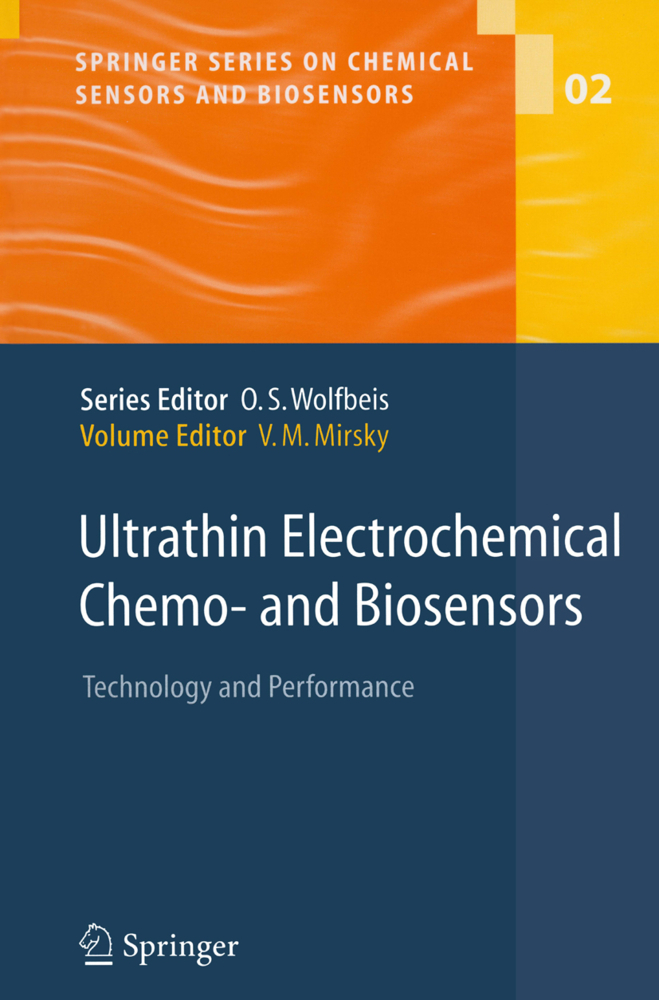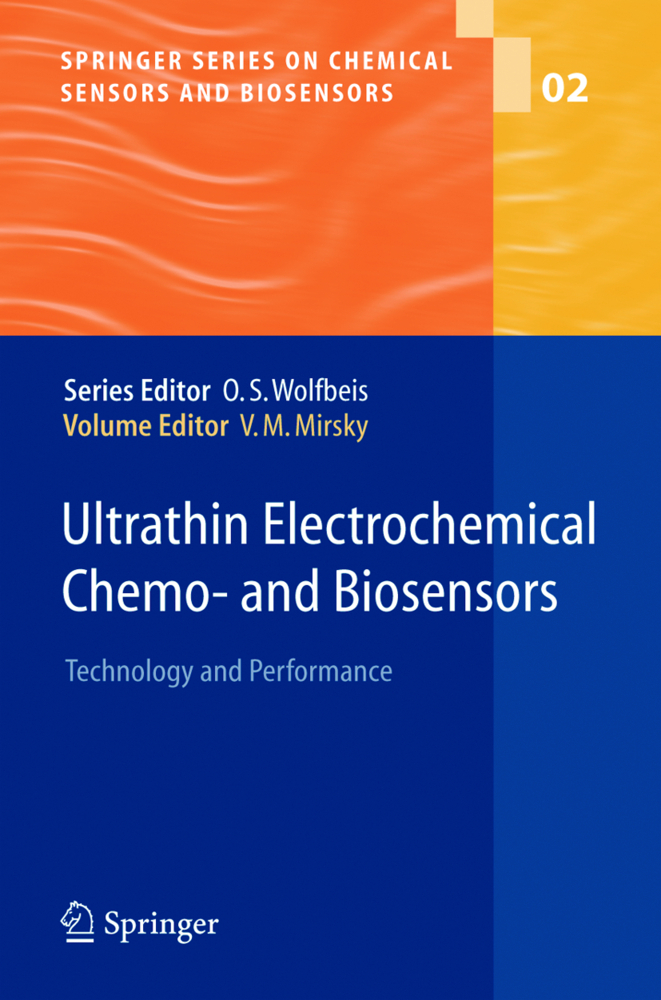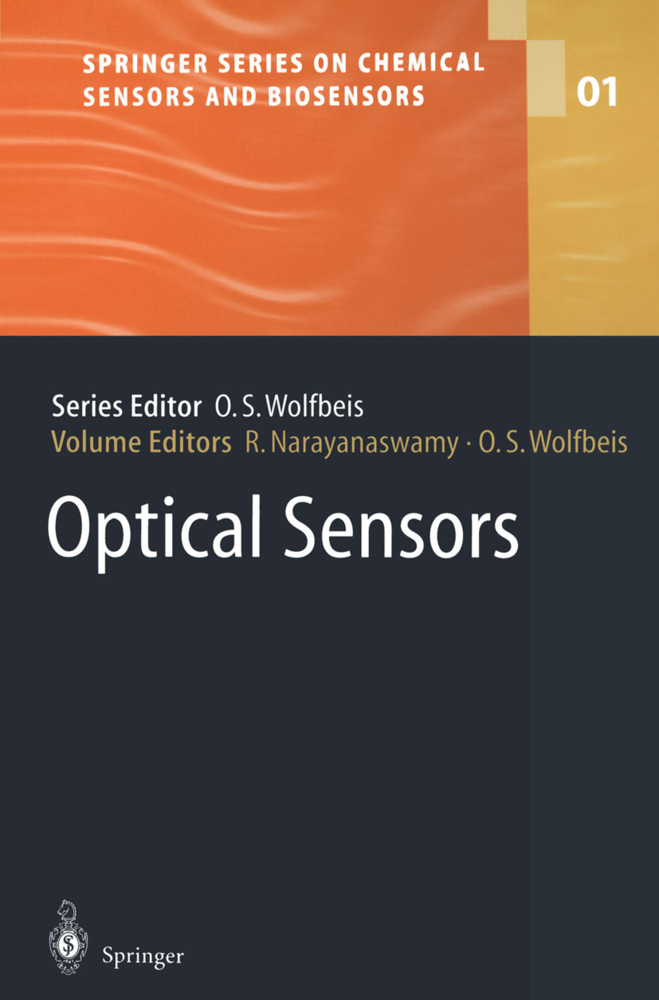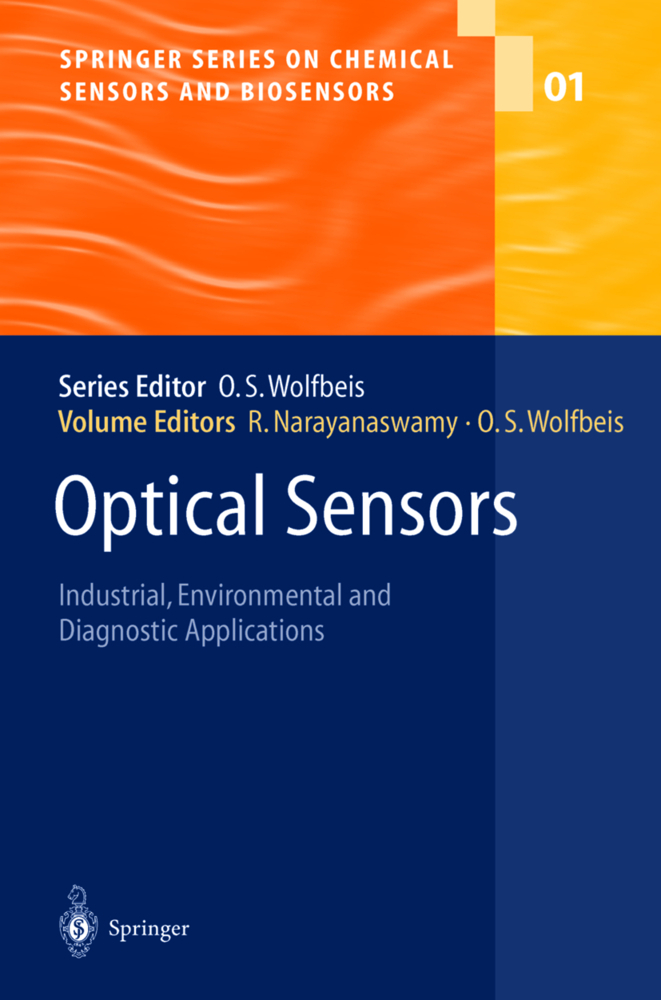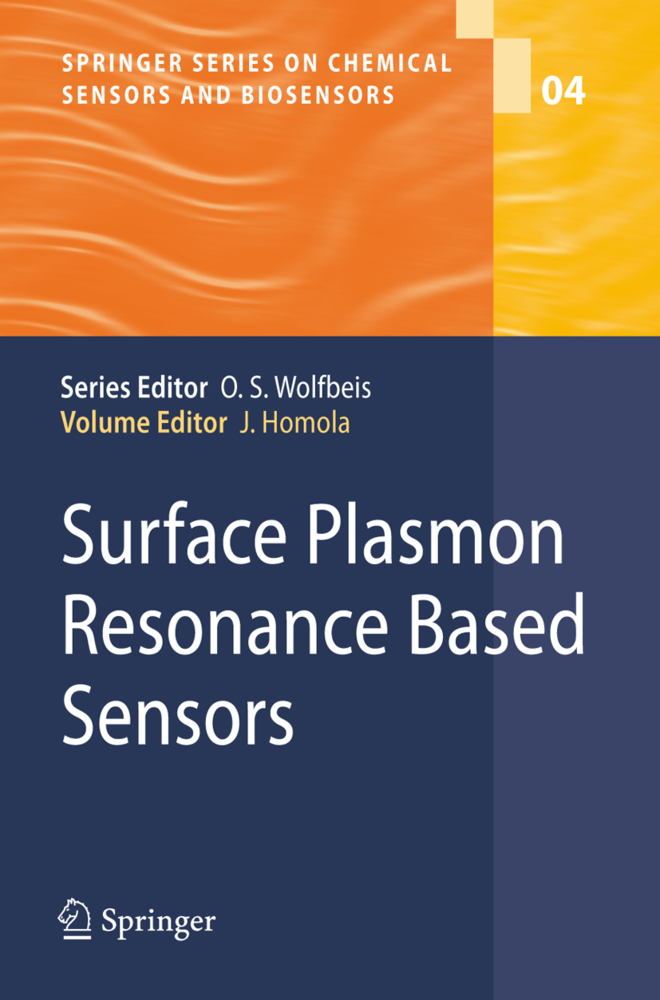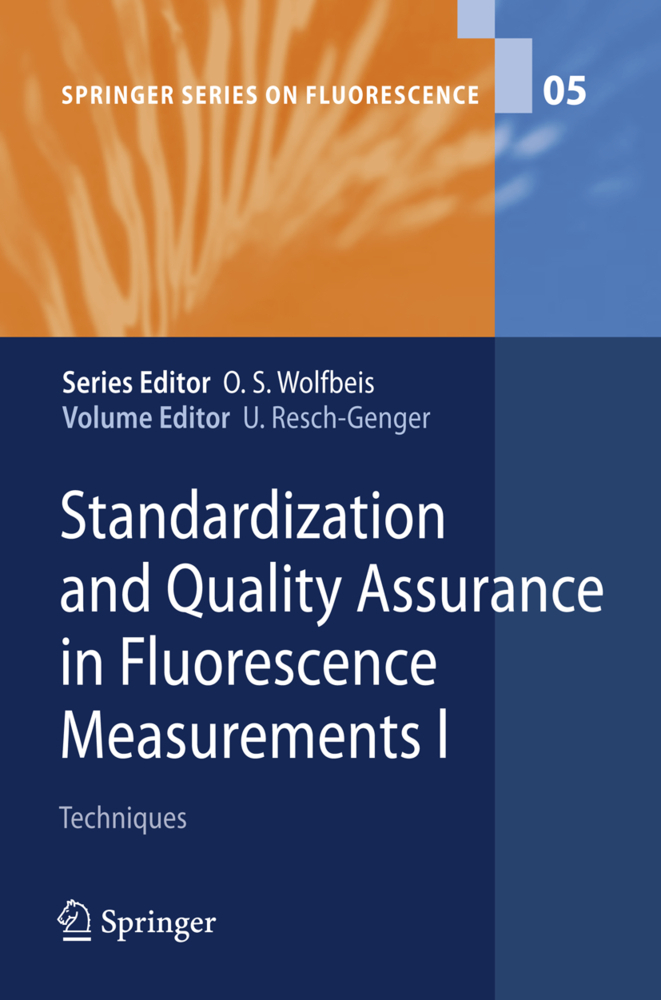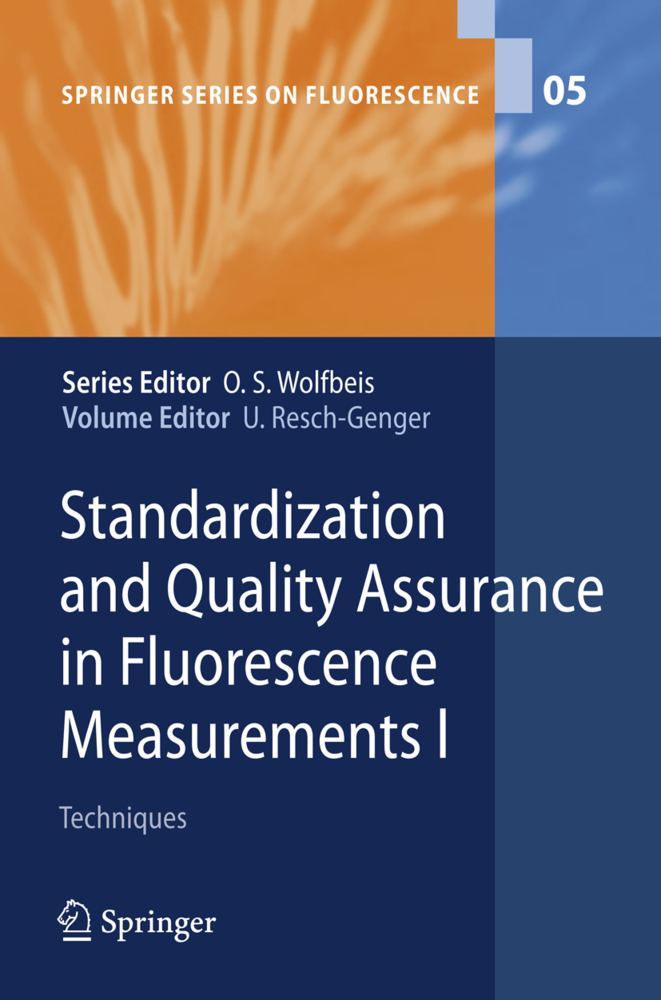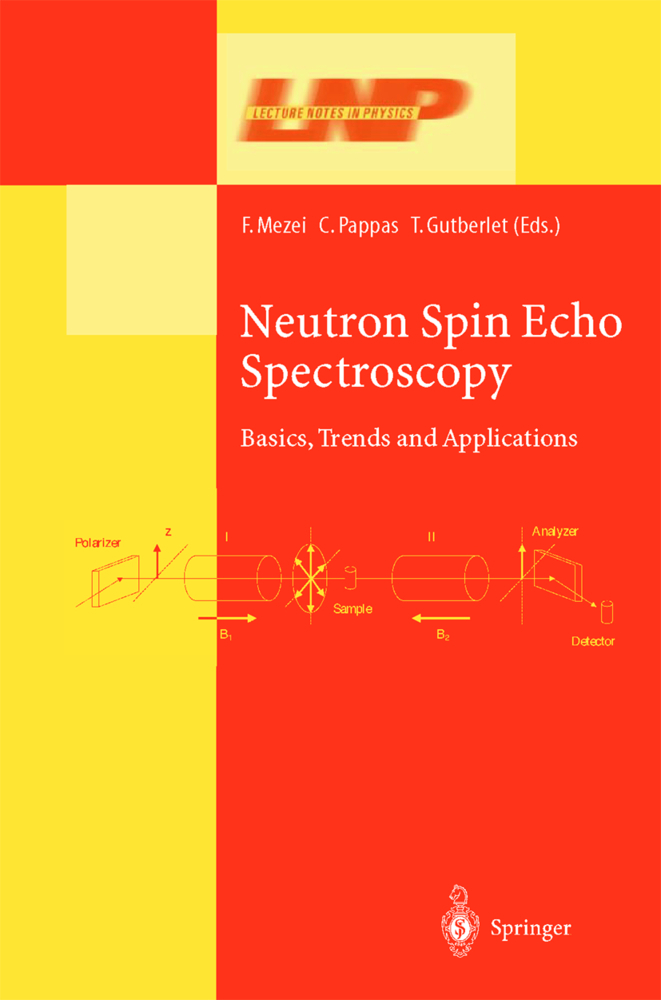Chemically and biologically functionalized piezoelectric sensors are attractive alternatives to surface-sensitive transducers due to their surpassing versatility. The fourth volume of the Springer Series on Chemical Sensors and Biosensors includes a comprehensive theoretical treatment and current state-of-the art applications of the quartz crystal microbalance (QCM). Interface circuits and the study of viscoelasticity and micromechanics as well as surface roughness with the QCM are discussed. The broad field of analytical applications of piezoelectric sensors is covered, which ranges from nucleic acid detection, immunosensors, protein-membrane interactions and monitoring cells by imprinted polymers to the viscoelastic response of living mammalian cells on QCM-resonators. Sophisticated derivatives of the classical QCM, such as rupture event scanning, the use of extraordinary high frequency crystals, and electrochemical QCM, clearly reveal the advantages of combining multiple techniques to realize new detection schemes on the basis of piezoelectric resonators.
1;Preface;9 2;Contents;11 3;Part A Physical Aspects of QCM- Measurements;13 3.1;Interface Circuits for QCM Sensors;14 3.1.1;1 Introduction;17 3.1.2;2 Crystals;18 3.1.3;3 Fundamentals of Oscillators;33 3.1.4;4 Sensor Interface Circuits;38 3.1.5;5 Examples for Sensor Interface Circuits;44 3.1.6;References;57 3.2;Studies of Viscoelasticity with the QCM;59 3.2.1;1 Introduction;62 3.2.2;2 Complex Resonance Frequencies;66 3.2.3;3 Assumptions of the Standard Model;69 3.2.4;4 Wave Equations and Continuity Conditions: The Mathematical Approach;71 3.2.5;5 The QCM as an Acoustic Reflectometer: The Optical Approach;75 3.2.6;6 Equivalent Circuits: The Electrical Approach;79 3.2.7;7 Relation Between the Frequency Shift and the Load Impedance;85 3.2.8;8 Layered Systems within the Small-Load Approximation;88 3.2.9;9 Perturbation Analysis;103 3.2.10;10 Concluding Remarks;109 3.2.11;Appendix A Derivation of the Butterworth-van Dyke Equivalent Circuit;110 3.2.12;References;117 3.3;Probing the Solid/Liquid Interface with the Quartz CrystalMicrobalance;120 3.3.1;1 Introduction;122 3.3.2;2 Effect of Thin Surface Films;126 3.3.3;3 Quartz Crystal Operating in Contact with a Liquid;129 3.3.4;4 Quartz Crystals with Rough Surfaces Operating in Liquids;139 3.3.5;5 Slippage at Rough Surfaces;152 3.3.6;6 Conclusion;154 3.3.7;References;156 3.4;Studies of ContactMechanics with the QCM;159 3.4.1;1 Introduction;160 3.4.2;2 Modeling with Discrete Mechanical Elements;161 3.4.3;3 Nonlinear Mechanics and Memory Effects;169 3.4.4;4 Continuum Models;172 3.4.5;5 Concluding Remarks;176 3.4.6;References;177 4;Part B Chemical and Biological Applications of the QCM;179 4.1;Imprinted Polymers in Chemical Recognition forMass- Sensitive Devices;180 4.1.1;1 Introduction;181 4.1.2;2 Mass-Sensitive Devices;182 4.1.3;3 Generating Selectivity;190 4.1.4;4 Exemplary Sensor Applications;195 4.1.5;5 Future Outlook and Perspective;214 4.1.6;References;215 4.2;Analytical Applications of QCM- based Nucleic Acid Biosensors;218 4.2.1;1 Introduction;218 4.2.2;2 DNA-Based QCM Sensors Based on the Hybridization Reaction;220 4.2.3;3 Application of QCM Sensors Based on the Hybridization Reaction;225 4.2.4;4 New Frontiers in Nucleic Acid-Based Piezoelectric Biosensors: Aptasensors;235 4.2.5;5 Conclusions;239 4.2.6;References;240 4.3;Piezoelectric Immunosensors;243 4.3.1;1 General Introduction;244 4.3.2;2 Piezoelectric Immunosensors;261 4.3.3;References;281 4.4;Specific Adsorption of Annexin A1 on Solid Supported Membranes: AModel Study;287 4.4.1;1 Solid Supported Membranes;288 4.4.2;2 Interaction of Annexin A1 with Membranes;294 4.4.3;3 Conclusions;306 4.4.4;References;307 4.5;The Quartz Crystal Microbalance in Cell Biology: Basics and Applications;309 4.5.1;1 QCM as an Emerging Tool in Cell Biology;310 4.5.2;2 Lessons from Cell Adhesion;312 4.5.3;3 Analyzing Confluent Cell Layers;323 4.5.4;4 Electrochemical QCM: New Options and New Insights;338 4.5.5;5 Outlook on QCM Applications in Cell Biology;341 4.5.6;References;343 5;Part C Applications Based on Advanced QCM- Techniques;345 5.1;Enzyme Reactions on a 27 MHz Quartz CrystalMicrobalance;346 5.1.1;1 Introduction;346 5.1.2;2 Enzyme Reactions on DNA;348 5.1.3;3 Enzyme Reactions on Glycans;359 5.1.4;4 Conclusions;372 5.1.5;References;372 5.2;The Quartz Crystal Microbalance and the Electrochemical QCM: Applications to Studies of Thin Polymer Films, Electron Transfer Systems, Biological Macromolecules, Biosensors, and Cells;375 5.2.1;1 Introduction to Piezoelectric Techniques and the Quartz Crystal Microbalance;376 5.2.2;2 Studying Thin Film Systems with the QCM;380 5.2.3;3 Electron Transfer Studies of Chemical and Polymer Systems with the EQCM;390 5.2.4;4 EQCM Use in Studying Biochemical Processes, Biomimetic Systems and in Creating Biosensors;402 5.2.5;5 Applications of QCM to Studies of Cell Behavior;413 5.2.6;6 Future Prospects;420 5.2.7;References;423 5.3;The QCM-D Technique for Probing Biomacromolecular Recognition Reactions;429 5.3.1;1 A B
Steinem, Claudia
Janshoff, Andreas
| ISBN | 9783540365686 |
|---|---|
| Artikelnummer | 9783540365686 |
| Medientyp | E-Book - PDF |
| Copyrightjahr | 2007 |
| Verlag | Springer-Verlag |
| Umfang | 484 Seiten |
| Kopierschutz | Digitales Wasserzeichen |

